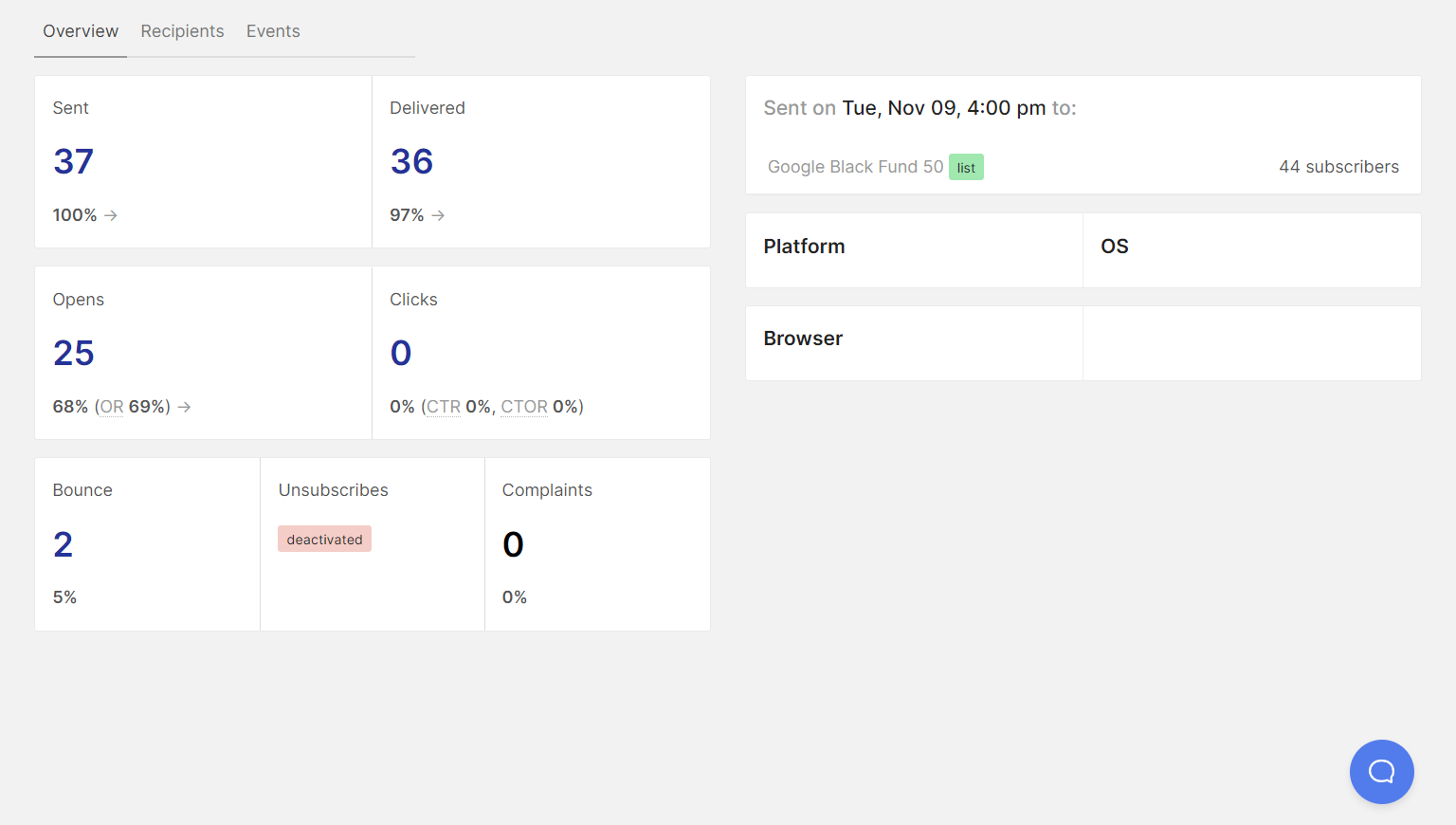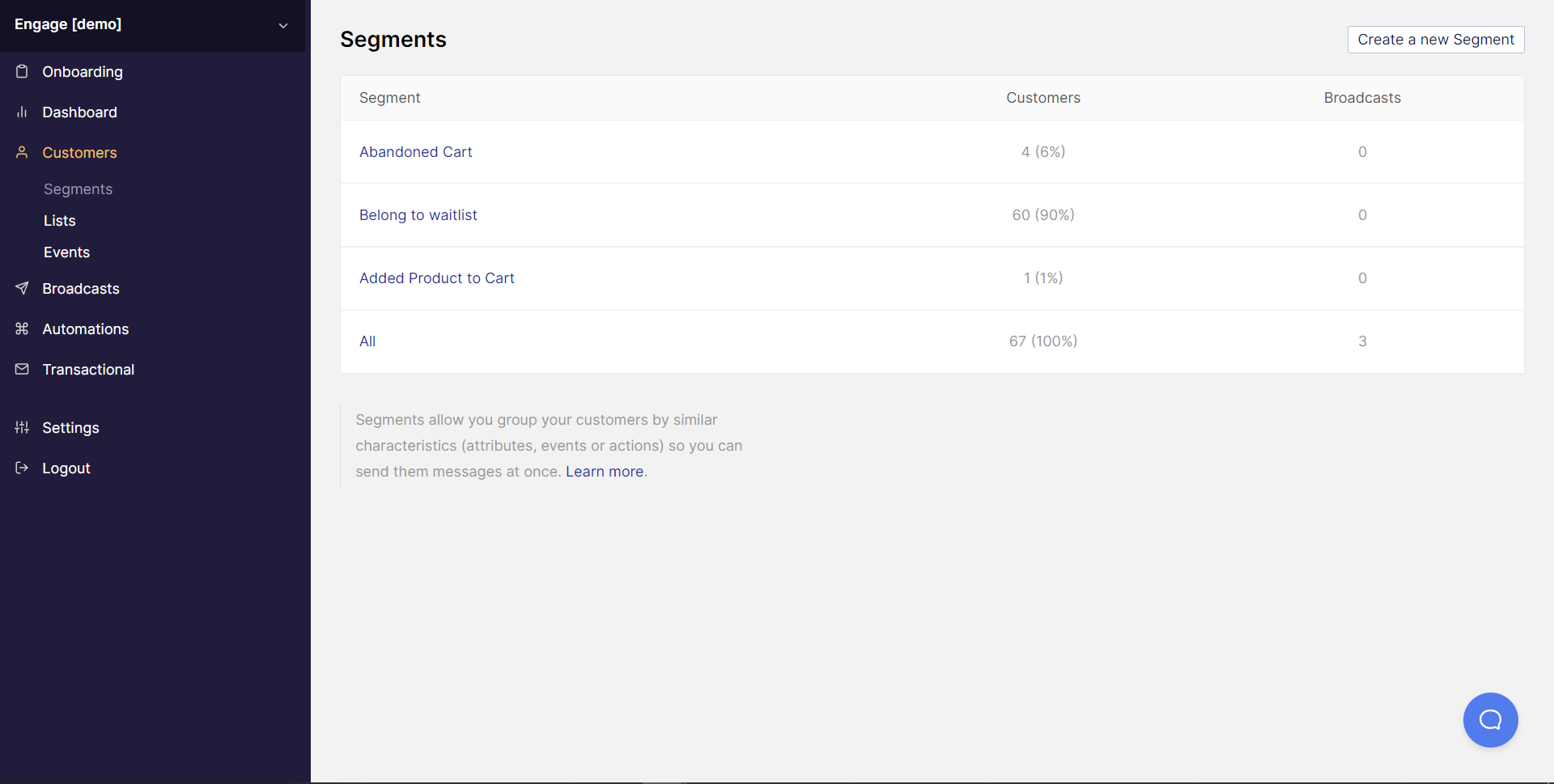Spam Traps: Best Practices and How to Avoid them for your Email Marketing Campaigns
Anti-spam organizations are on the lookout to catch malicious email senders through spam traps. This guide will give you insight into spam traps and how to avoid them in your email marketing campaigns.

According to studies, about 45% of all emails, (14.5 million messages) globally every day, are spam. It's no surprise that ISPs (Internet Service Providers) have become extremely strict in curbing spam practices. This proves that there's a repercussion attached to every bad email list building practice.
For example, you could end up having a spam trap on your email contact list. Spam traps (also known as honey pots) are used by anti-spam organizations and internet service providers to lure in spammers. Think of it as honey pots set to intentionally trap bees, hence the name "honey pots."
But the truth is that no one is above having spam traps. Even legitimate email senders can end up with spam traps on their email lists. So it's important to know what spam traps are and how you can prevent them from getting on your email contact list.
Ready? Let's dive in!
Table of Contents
- What are Spam Traps?
- Why Should You Care About Spam Traps?
- Types of Spam Traps
- How to Identify Spam Traps
- How to Avoid Spam Traps
- How to Remove Spam Traps From Your Lists
- Wrapping Up
What are Spam Traps?
Spam traps are a spam prevention tool used by internet service providers to lure in spammers and block them. A spam trap is essentially an email address that is not actively used by anyone and offers no value in outbound communication. They don’t usually opt-in to receive emails, so if you happen to have a spam trap in your email list, you probably weren’t applying best email practices.
In email marketing, the spam rate is high, so it only makes sense to prevent spam traps from falling into your email contact lists.
Why Should You Care About Spam Traps?
You may wonder why you should care about spam traps. Besides, you’re not a spammer! But the truth is that as much as spam traps are useful spam prevention tools, they can also cause harm to your email sending reputation and deliverability rate. There’s a chance that you may have sent an email to a spam trap without even realizing it.
As a result, having a type of spam trap on your email list can greatly affect how your emails are sent to your recipients. This means that they may not even get it all. Anti-spam organizations and internet service providers are always on the lookout for spam traps, so if you end up sending emails to spam traps, they’ll mark you as a spammer and this could negatively affect your sending reputation.
Even worse, an ISP organization could end up blocking your IP address from which your emails are coming. Or your IP address could be added to a blacklist database. This means that your email deliverability could be affected.
Types of Spam Traps
How many spam traps exist? There are many spam traps that exist out there. Having an in-depth knowledge of them will help you know how to deal with them and also identify them.
In this section, you’ll learn about four types of spam traps:
1. Pristine spam traps
Pristine spam traps are email addresses that have never been used by a sender nor have been opted to receive emails. They are created by anti-spam organizations with the sole purpose of luring and catching malicious email senders. The people that end up sending emails to spam traps are those who don’t apply the best list building practices. The email addresses are placed on public websites.
As a result, email senders that usually scrap websites for emails end up acquiring these email addresses on their list. Pristine spam traps are also found on purchased or rented lists. The thing about these emails is that senders never give permission and there are consequences attached to this action.
When ISPs identify spammers sending emails to a pristine spam trap, it signals that the sender is not applying best list building practices.
2. Emails with typos
A user could sign up on your website and unintentionally drop an email with a typo in the domain. For example, @gnail instead of @gmail or @yaho instead of @yahoo. Most times, this type of typo can occur when email addresses are collected offline.
If you end up having this type of typo email address on your contact list, it could portray you as negligent in not regularly thoroughly cleaning your contact list. As a result, you could be identified as a malicious email sender by ISPs and anti-spam organizations.
3. Recycled email addresses
This type of spam trap is old email addresses that are no longer in use by the original owner but have been repurposed by the email service provider as a spam trap. For example, the email addresses of employees that have left the company. This means that you could even have a recycled email address without realizing it.
It’s possible if you don’t regularly clean up or prune your email contact list. Another way you could end up having a recycled email address is if you don’t regularly send emails to your contact list. This kind of inactivity is easily detected by internet service providers and they initially mark the email addresses as spam traps. This action could negatively impact your email deliverability rate.
4. Invalid email addresses
There are some cases where individuals deliberately insert fake email addresses when filling up forms online. This is because they are required to supply email addresses when signing up but don’t want to be emailed. There's a chance that it becomes a spam trap email address.
How to Identify Spam Traps
Now that you've learned the different types of spam traps, how can you spot them in your email contact list? This section is dedicated to help you identify spam traps so you don't have to deal with their negative impacts. You may wonder how you'll be able to spot a spam trap.
One way you can do this is by checking your email delivery rates.
Check your email delivery rates
If you want to know if your email list contains spam traps, assess your email delivery rates. If your delivery rates are low then there's a chance your contact list contains spam traps. Like we mentioned earlier, spam traps don't opt-in to receive email messages.
This means that emails are sent to them but not marked as delivered or read. However, there are tools that you can use to analyze your contact list for spam traps. Alternatively, if you think you have a spam trap on your email list, you can check if the email addresses are on an email block list such as spam cop blocking list.
With Engage, you can keep track of your email delivery rates, and this will help you avoid spam traps.

How to Avoid Spam Traps
Having read the above information about spam traps, you may end up asking how you can avoid spam traps. Well, the good thing is that spam traps can be avoided. Spam traps are usually caused when you don't apply the best email list building practices. So if you don't want them in your email list then you need to maintain email best practices and grow a healthy contact list.
Here are some ways you can get started:
1. Avoid purchased lists
As a marketer, you're trying hard to build your email contact lists. But the truth is that purchased email lists are a big no when it comes to growing email contact lists. It's never a good idea to use a purchased list in your email marketing campaign.
Since purchased lists normally include contacts that have never given permission to receive your company’s communication, sending emails to purchased contacts wouldn’t generate positive results. Even more, when you use a purchased list, there's a chance you’ll run into a spam trap. Subscribers on a purchased list are not familiar with your brand and could mark your emails as spam.
All these actions could ultimately affect your sender reputation. It's just not worth the risk.
2. Avoid list contamination
List contamination occurs when a spam trap was mistakenly added to an unconfirmed list. If you want to prevent your contact list from getting contaminated, you need to check the correct spelling of the email addresses on your contact list. You can use an email validation to ensure that you don’t add an email address that includes a typo.
3. Include a double opt-in for your subscribers
Including a double opt-in for your subscribers is one of the best ways to avoid spam traps. Recipients that confirm their email addresses before you send them emails are usually familiar with your brand and willing to receive emails from you. A double opt-in also guarantee that you catch typos and fake email addresses before they can enter your contact list.
As a result, you can be sure that you’ll end up having only legitimate email addresses on your contact list.
4. Keep your contact list up to date
Another way you can avoid spam traps is by keeping your contact list updated with subscribers that regularly engage with your emails. If your contact lists contain outdated email addresses, anti-spam organizations and internet service providers could get the idea that you’re sending spam messages. This could affect your sender reputation and deliverability.
A good practice is to send re-engagement campaigns to contacts who have not engaged with your email for a couple of months. If they still don’t engage with your emails, the best thing is to remove the subscribers from your list.
5 Avoid getting into the spam folder
You may avoid getting blacklisted by ISPs but you may still end up popping up in subscribers' spam folders. Which is the worst folder to end up in. It is where bad emails are stored and it could send the message to ISPs that your emails are not doing any good. So, how can you prevent your emails from entering a spam folder?
Well, it all starts with the impression you give your recipients. If you frequently send them irrelevant messages, too many emojis, or even spammy email copy, you'll be shooting yourself in the foot. The best approach is to show your recipients that you value their interest in your business.
So present your emails with proper grammar, design and copy. The last thing you want is to make your recipients cringe at the sight of your emails.
6. Remove hard bounce emails
Hard bounce emails usually have error messages such as 5xx unknown user, SMTP error message that indicates an email address is invalid or is no longer used by its user. Email addresses that are no longer in use usually contribute to the spam trap process. In this case, it's important that you remove hard bounce emails from your active email subscribers list.
One way you can get started is by using an email marketing software with bounce management features. This will help you keep track of your email list and get rid of inactive email addresses from your subscriber base.
7. Create a soft bounce threshold
There are cases where your subscribers' inbox may get full. This situation leaves room for ISPs to consider the email address as a spam trap. You can avoid spam traps if you set a range for soft bounces to be treated as hard bounce then eliminated from your list.
For example, if you send 10 emails to a subscriber within 30 days, then your range would be 10 soft bounces within 30 days. This means that the 10th email you send will be regarded as a hard bounce. As we mentioned earlier, a hard bounce email is as good as a non-existing email address.
How to Remove Spam Traps From Your Lists
So what if you end up getting spam traps in your contact lists. How do you get rid of them? In this section, you'll learn some of the best ways to remove spam traps from your email contact list.
1. Thoroughly clean your list
One way is by thoroughly cleaning your list. A poorly maintained list leaves room for your spam traps. So, ensure that you remove contacts who haven’t engaged with your content for the past 6 months. If you identify purchased emails on your contact list, remove them as soon as possible.
2. List segmentation
An alternative to this is list segmentation, you can segment your contact list according to how active your recipients are. Also, separate your list from those that are free from any form of spam traps. This way, you’ll only send your emails to your most engaged subscribers which will help restore your sender's reputation.
With Engage, you can create unique segments or groups of your customers, and avoid any form if spam traps.

3. Suppress inactive accounts
In some cases, customers who try to sign up for your service may end up not reconfirming their subscription or email address on your email list. If this happens in your email marketing efforts, then you need to remember to suppress inactive email accounts before they are set as spam traps. In other words, you need to get rid of subscribers who didn't reconfirm their subscription on your email list.
You don't want to add an unconfirmed user to your subscriber base. One way you can begin is by using a deliverability and list monitoring service so that you can gain insights into your list acquisition and quality. This will help you track and understand if your email marketing efforts are having a positive impact on your deliverability or not.
Dealing with a spam trap issue is usually a costly problem depending on the nature, the type of spam trap and the anti-spam organization that owns the spam traps. However, a spam trap problem is not the end of the world. Measures can be taken to solve the problem.
If your IP address gets blocked, it can take up to six months to restore your sender reputation as long as you do what is required by the spam trap owner.
Wrapping Up
Now that you've learned about spam traps. Let's do a little recap. The most important thing that you need to remember is that spam traps are used to catch malicious email senders.
So, if you don't want to find yourself in this boat, you need to:
- Avoid purchasing email contact lists.
- Always clean up your subscribers list regularly.
- Apply best email practices such as sending relevant messages to your recipients at an appropriate time.
- Use a double opt-in confirmation to ensure that a real person is behind the email address on your list.
When you do your best to avoid spam traps, the results are much more satisfying. You won't have to worry about getting blacklisted by anti-spam organizations and ISPs. Even more, your email deliverability rate wouldn't be affected negatively.
For us at Engage, we ensure that our customers apply the best email practices when sending personalized messages to their customers. With our Marketing Automation solution, business owners can:
- Track how customers interact with your product,
- Create unique customer segments, and
- Send personalized messages to your customers via Email, SMS, Push Notification and In-app Messages.
It is totally free to try out. Sign up now.